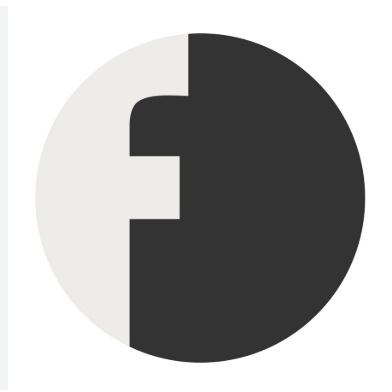What is the current state of the European rearmament plan called for by Ursula von der Leyen?
Just this week, on Tuesday, May 27, the Council of the European Union gave final approval to the regulation allocating €150 billion in loans guaranteed by the EU budget to increase defense spending . The regulation establishes the Security Action for Europe (SAFE) instrument, one of the pillars of the rearmament plan (later renamed Readiness 2030) launched by the European Commission on March 19.
The plan is worth €800 billion in total : Brussels has confirmed its forecast, and member states could invest up to €650 billion in the defense sector by 2030, with a temporary exemption from the strict rules of the Stability Pact to increase military spending without incurring deficit penalties; another €150 billion will then be guaranteed through the issuance of Commission bonds to support loans to member states.
The European regulation establishing the SAFE instrument was published in the Official Journal yesterday, 29 May, and entered into force immediately.
Before March 19, Brussels was already moving toward a general increase in military spending, given the global geopolitical situation. As reported on the European Council website, total defense spending by EU member states increased by over 30% between 2021 and 2024. In 2024, it reached an estimated €326 billion, equivalent to approximately 1.9% of EU GDP. Already at the end of February, the forecast was to increase military spending by an additional €100 billion in real terms by 2027.
How the SAFE instrument for European rearmament that has entered into force works
The new instrument, with a budget of €150 billion, will provide long-term loans (with a maximum maturity of 45 years and a 10-year grace period for principal repayment) at competitive prices and well-structured. The resources will be allocated based on demand.
Member States wishing to receive loans will be required to submit a European defense industry investment plan to the Commission within the next six months. The plan must include a description of the activities, expenditure, and measures for which the Member State is requesting a loan, the defense products it intends to purchase, and, where applicable, Ukraine’s expected involvement in the planned activities. The Commission will then assess the plans, which will include the loan size and pre-financing. The pre-financing will ensure the support is paid as early as 2025, covering the most urgent needs.
To reduce fragmentation in defense capabilities, the Commission has proposed that loans be granted in the presence of joint procurements involving at least two participating countries. However, in response to the current geopolitical situation and the declared need for investment in defense equipment, SAFE will also allow purchases involving a single Member State for a limited period.
Accession countries, candidate countries, potential candidates, and countries that have signed a security and defense partnership with the EU, such as the United Kingdom, are also eligible to participate in the tenders. These include Ukraine and the countries of the European Economic Area (Norway, Liechtenstein, and Iceland), which will be considered as member states.
